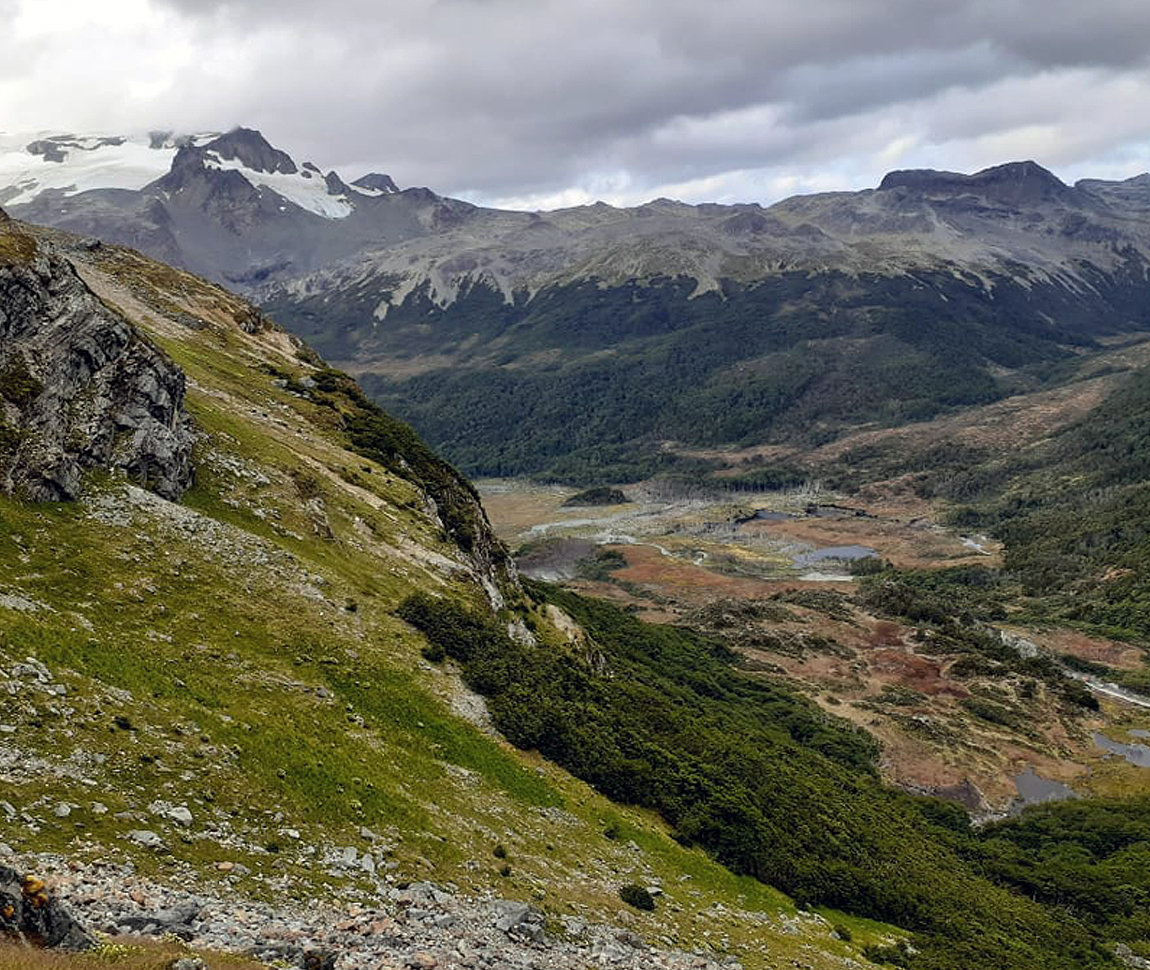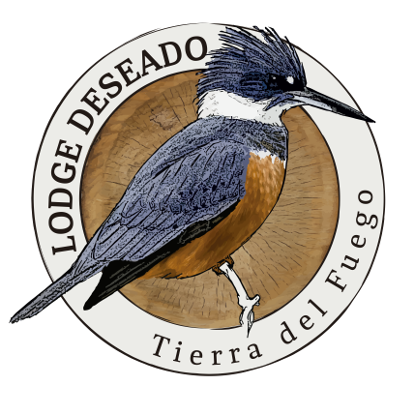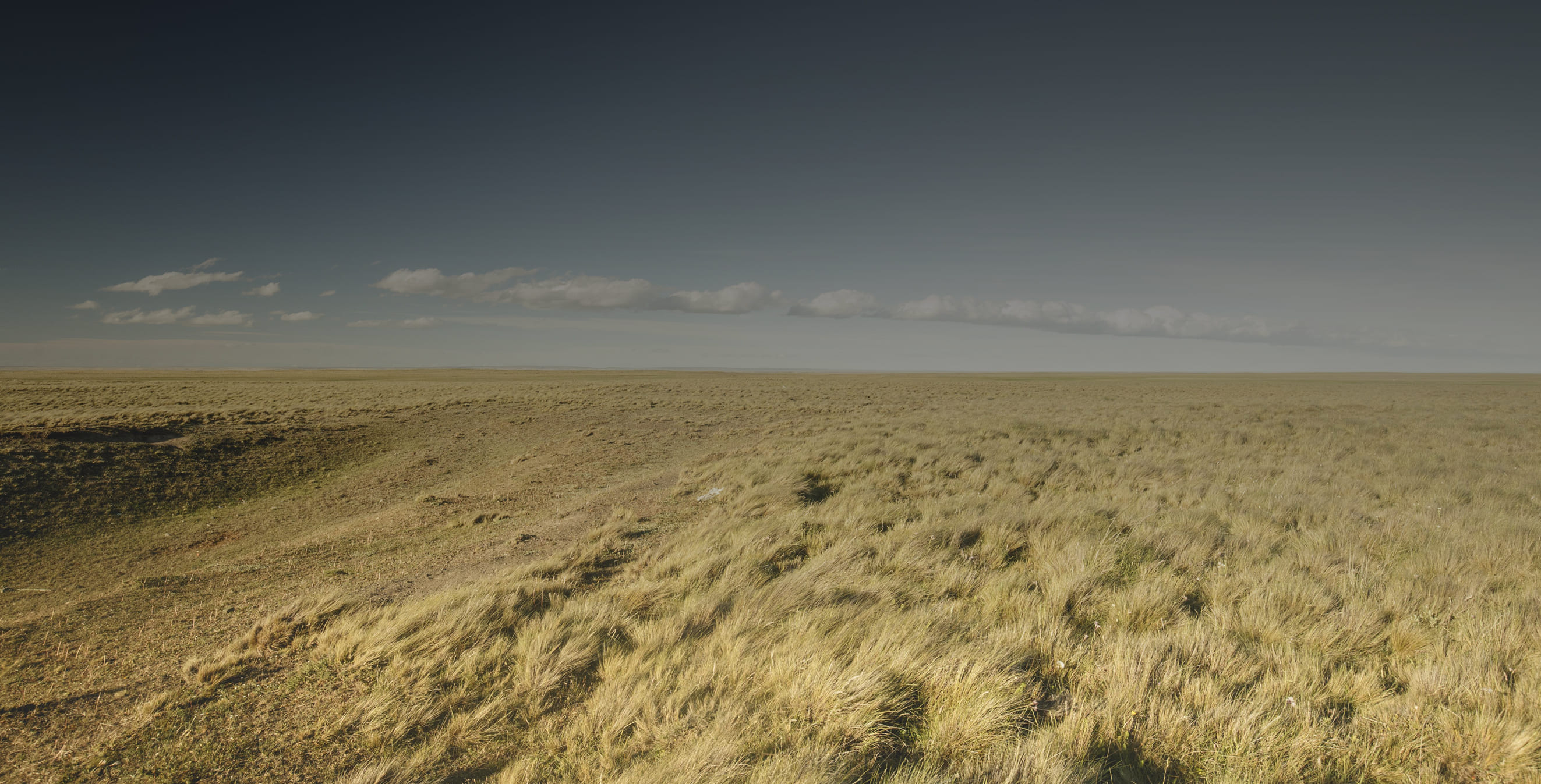
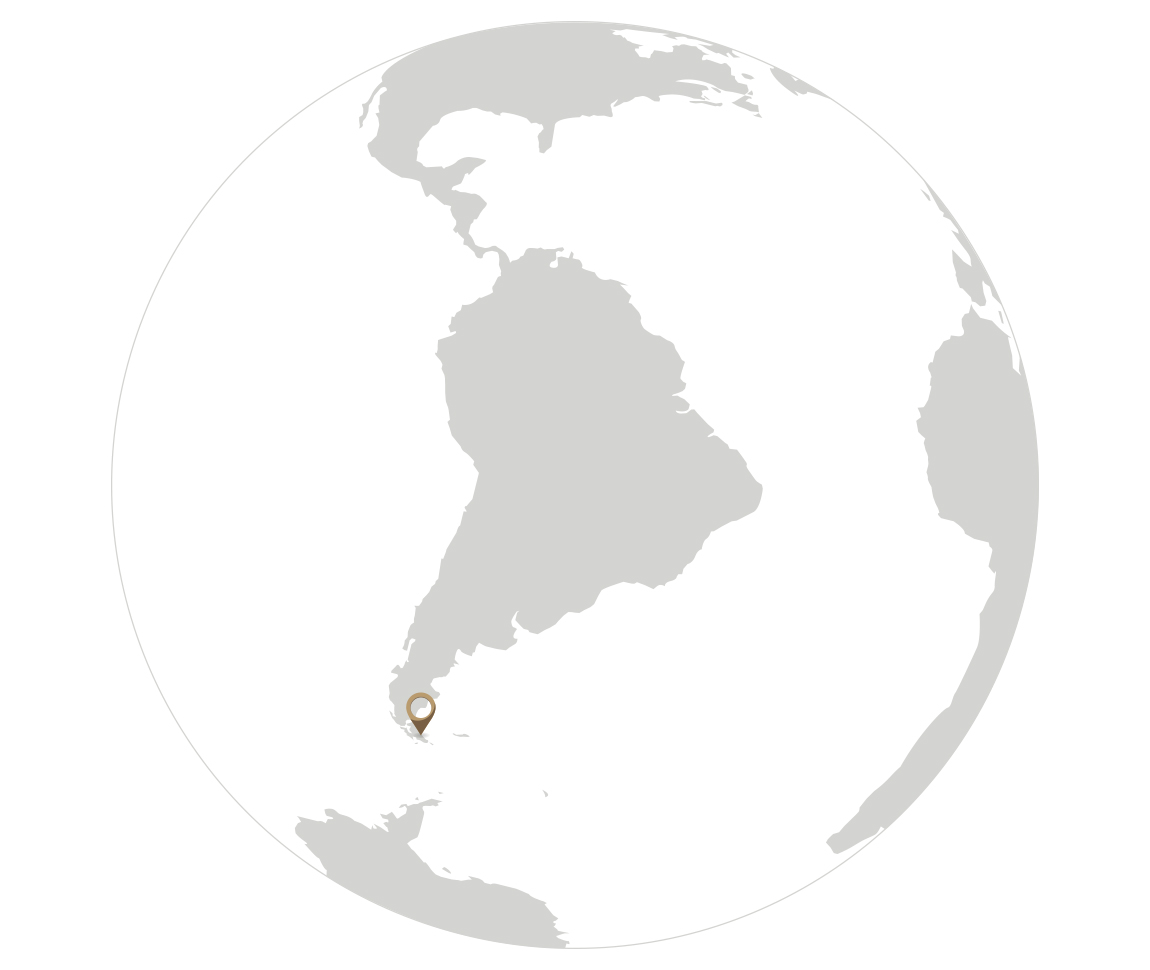
Where is it located?
Tierra del Fuego is an archipelago placed on the southern side of the American continent, being the southernmost and the closest to Antarctica, only by about 1000 kilometers.
It was named after the European sailors that would see many small fires at the coasts of the archipelago by the 16th century. It was settled by humans for the first time over 10.000 years ago – as archeological sites show – when it was still connected through ice with the American continent. Recently, about 7.000 to 8.000 years ago it got separated and became an island.
54º 22´ 38´´ S – 68º 44´39´´ O
Ecosystems from the Archipielago.
Steppe: You will find big semi desert plains broken from time to time by some canyons providing the sensation of an infinite land.
Steppe-forest: At the border of the steppes, at the encounter with the mountain range, little forests start to appear, mainly Ñirre (Nothofagus antarctica), well exposed to the strong winds coming from the west.
Forest: Already taking some altitude and close to the Mountains we start going into the subantarctic Nothofagus forests. Going through evergreen forests of marvelous Lenga Beeches and Ñirres that offer a unique show during the fuegian Autumn (April to May).
Peat Bogs: Wetlands that dominate the valleys of the Fuegian Andes, big carbon sinks that make a landscape of reds.
High Andean: Low altitude vegetation (500 to 800 m.a.s.l.) where compact plants are able to grow over unstable ground and are exposed to extremely low temperatures and strong winds.
Coast: Very rich in biodiversity where many bird colonies can be found and even some big mammals too.
Sea: The encounter of waters with different characteristics together with a complex system of fjords and channels at this latitude favors plankton productivity that then feeds directly or indirectly a wide variety of sea species.
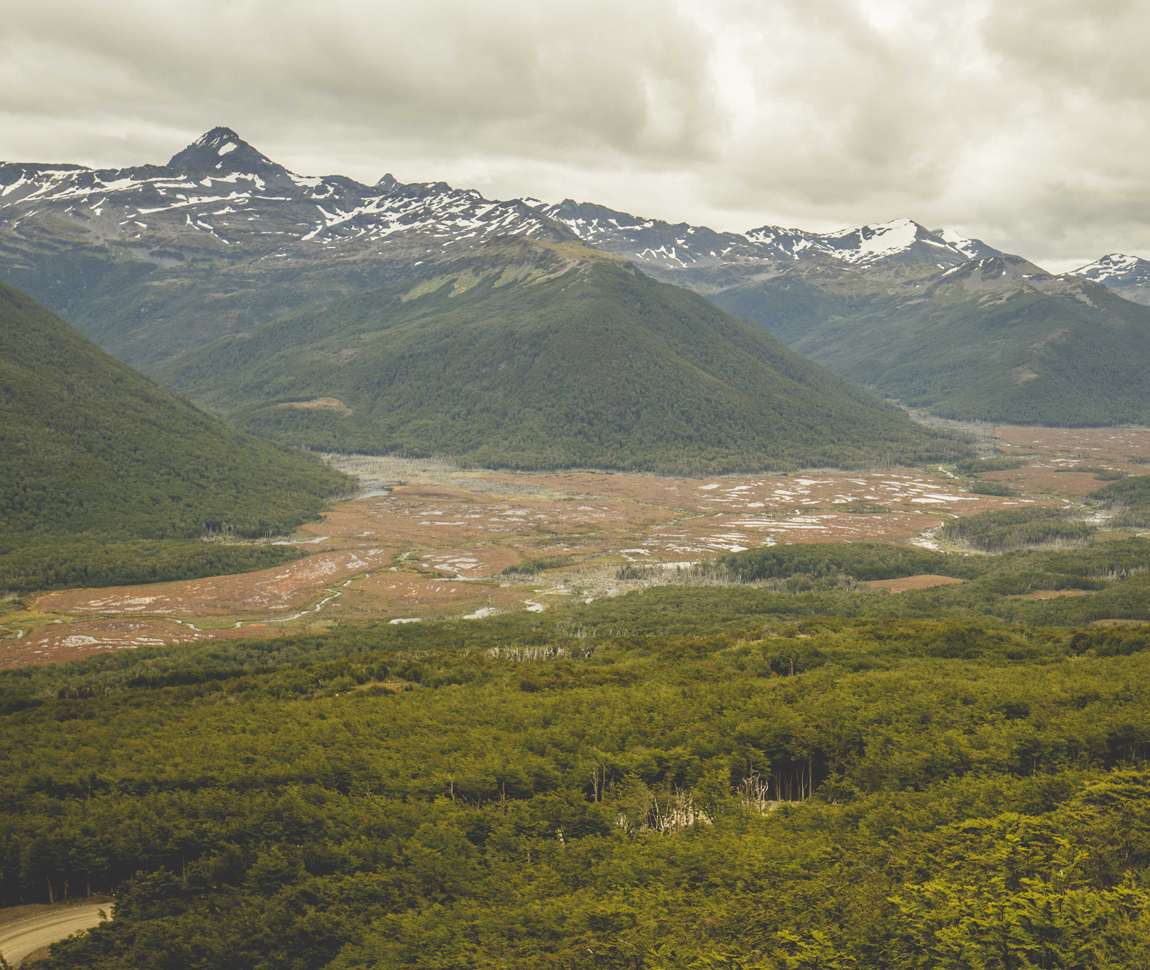
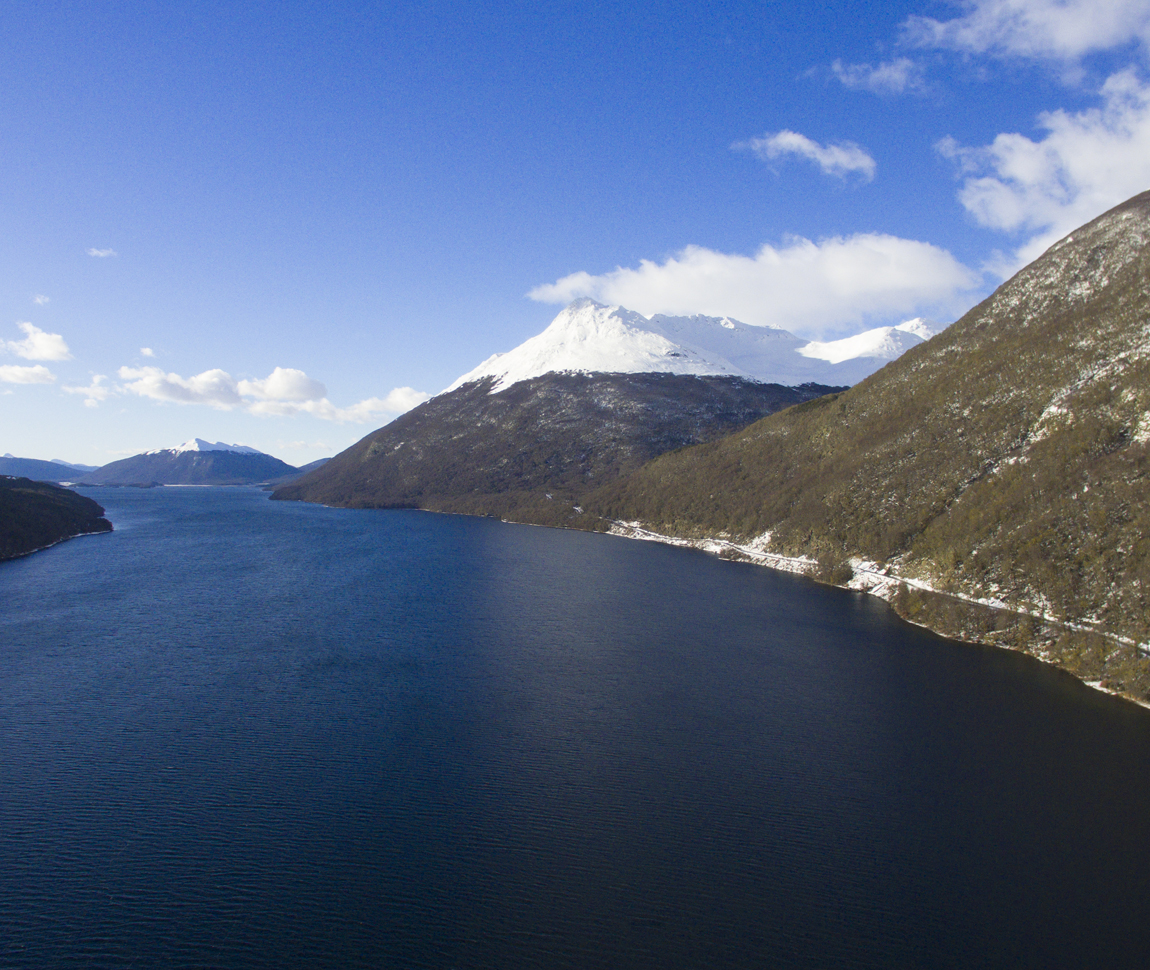
LAGO DESEADO
The Deseado lake is found in the middle of a big valley in the Fuegian Andes that has clear remnants of its glacier era. At this valley two masses of water exist, the Despreciado Lake and the Deseado Lake. They are separated by 2 kms and their waters end up in two different oceans. Despreciado waters end up at the Almirantazgo Sound at the Magellan Strait. The Deseado waters go towards the Atlantic Ocean through the Río de las Turbas and the Río Grande.
Huge peat bogs dominate the lower lands at the valley where an infinity of little water creeks end up, most of them if not all, have been colonized by beavers (introduced species).
The lake lies at an altitude of 170 m.a.s.l. and has an extension of a little more than 10 km, surrounded by a dense mostly deciduous forest offering a unique show during autumn.
Here we are. This is our little spot in the middle of the Andes. At latitude 54S.
– Protected Areas at the Great Island
Huge extensions of land are under protection in this southern territory. We know that this is not enough, that our actions and visits must be responsible and with the lowest possible impact. Here are some of our favorite protected areas from the island:
Laguna de Los Cisnes Natural Monument: cluster of wetlands around the area of the city of Porvenir. A great number of birds can be seen in the area. It is possible to also spot the stromatolites, real living fossils.
King Penguin Natural Reserve: Colony of this big and beautiful bird that spends the whole year on the shores of the Bahía Inútil. For more information visit its web; pinguinorey.cl
Karukinka Natural Park: protected area administered by WCS;
chile.wcs.org , dedicated to research and the conservation of the land.
Yendegaia National Park: protected area from the state that has a variety of ecosystems; high andean, peat bogs, coasts, sea, and others very rich in biodiversity. At present there is no infrastructure to receive visitors and can not be visited without special authorization.
Alberto D´Agostini National Park: neighbor to the Yendegaia National Park, it is an area very rich in biodiversity that holds big masses of ice. Although it does not have infrastructure to receive visitors it can be visited sailing through its frozen waters.
